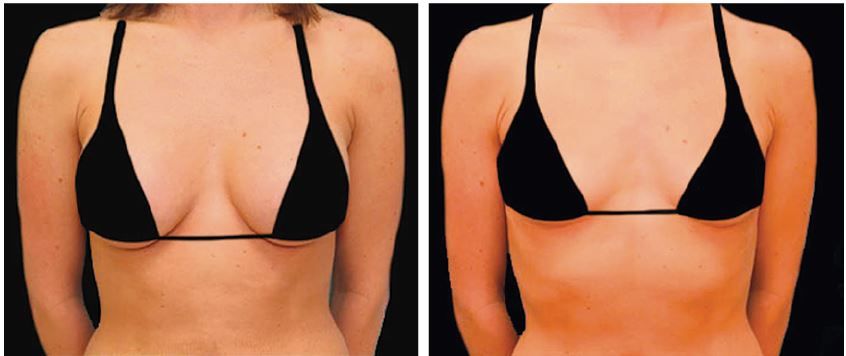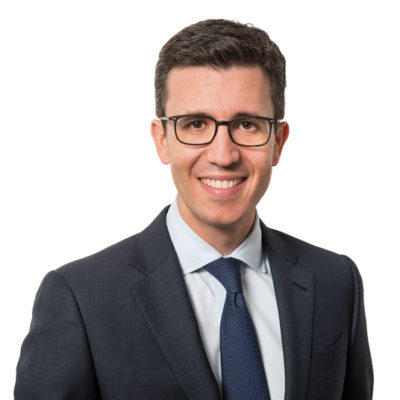Dr. Daniel Maman discusses the trend in smaller breast augmentations

When a breast cancer patient finally hears that he or she is cancer free, a wave of emotions rush over them. After accepting that they are in good health on the inside, sometimes their focus can shift to their appearance on the outside. While many breast cancer survivors are proud of their scars, that doesn’t mean that they don’t miss what used to be there, what could help them feel completely back to normal. Dr. Daniel Maman is a board certified plastic surgeon in Manhattan. A majority of his practice is breast cosmetic and reconstructive breast surgery, which is what some breast cancer survivors seek after receiving a double mastectomy.
“There is actually a trend in smaller-sized breast implants,” said Maman, who has been practicing since 2005 and in private practice since 2012. “The size that women desired has always varied slightly depending on geographic region in the country. Historically in Miami, Dallas and LA, women always wanted large implants as the augmented look was the desired look. Women in New York wanted smaller implants.”

Maman’s objective as a surgeon and within his practice, 740 Park Plastic Surgery, is always to give women natural breast augmentations. For patients seeking breast reconstruction surgery, Maman works to restore the breasts to a normal shape, size and overall appearance by offering different techniques including implant reconstruction, fat grafting and DIEP flap breast reconstruction.
“The variety of implants that are available has improved significantly,” noted Maman of the original saline implants that came in one shape and two textures (smooth and textures) compared to today where surgeons mainly use silicone implants. “Implant projection, texturing, fill pressures, shapes and gel viscosities are now available in implants, increasing our ability to refine results.”
Maman has found that there has been an aesthetic shift in the augmented appearance of breasts and that it is no longer appealing to a 35-year-old woman to be unproportioned in the chest area.
“Many women we operate on are working women that don’t want their breasts to be the primary topic of conversation. The most common age range in women seeking smaller breasts is 30-40 years old, however, the same is true in the 20-30 age range as well.”
For older women—especially mothers after breastfeeding—who have skin elasticity issues and want their breasts back to normal, Maman is able to restore the breast tissue prior to bearing children. He also states that women can still breastfeed with implants and that only 75-80 percent of women are able to breastfeed to begin with.
“Placement of the implant goes below the muscle so it doesn’t come in contact with the breast tissue,” he said. “No toxic effects in terms of milk production or silicone product go to the baby.”
Of the procedure, which take about an hour and five minutes, Maman discussed the most common incision for surgeons is periareolar (at the bottom of the areola) and Inframammary (along the natural fold beneath the breasts). Saline implants come empty and can be rolled into the size of a cigarette and then expanded once in the breast whereas silicone implants (which make up 99 percent of implants) come prefilled and can be fit into a larger incision.
“For every parameter, a silicone implant is better; it looks better, feels better it’s stronger and it will last longer,” said Maman, noting that there is no cancer or autoimmune disease linked to silicone implants for those wary of the procedure.
Patients are able to see before and after images of what they will look like through the use of a Vectra camera, which takes 3D images of a patient through computer generated modeling of the proposed implant size and shape.
“The trend is towards fair-sized implants and we take body shape, body size and curvature into account,” said Maman. “There’s a lot of variables that go into play.”
Patients can go home one hour after the surgery and must take it easy for a week and are not allowed to perform any rigorous activities. Usually, patients can return to work after three or four days and at two weeks they can begin light physical activity. At four weeks is when Maman lifts all restrictions and patients can go back to living their normal every lives.
For more information about Dr. Maman and breast cosmetic and reconstructive procedures, visit www.PlasticSurgeonsNYC.com.


















